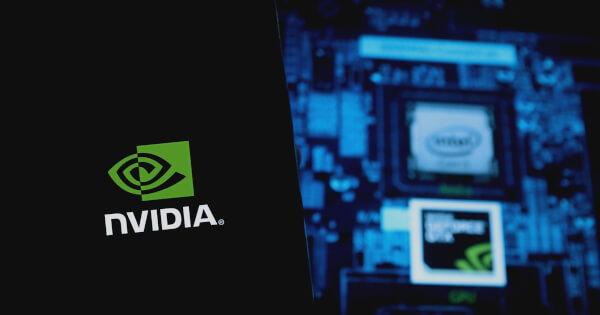NVIDIA's RAPIDS cuDF Enhances Data Processing with JIT Compilation
Jessie A Ellis Aug 08, 2025 16:34
NVIDIA's RAPIDS cuDF leverages JIT compilation for efficient data processing, enhancing GPU utilization and execution speed.

NVIDIA's RAPIDS cuDF has introduced Just-In-Time (JIT) compilation to enhance the efficiency of data processing on GPUs. This advancement aims to optimize the utilization of GPU resources and improve processing throughput, according to a report from NVIDIA's developer blog.
Understanding cuDF and JIT Compilation
RAPIDS cuDF provides a comprehensive suite of Extract, Transform, Load (ETL) algorithms designed for GPU data processing. For users familiar with pandas, cuDF offers accelerated algorithms that require no code changes, while C++ developers gain new functionalities through direct interaction with the cuDF C++ submodule.
The integration of JIT compilation, facilitated by the NVIDIA Runtime Compilation (NVRTC) library, allows for the creation of highly optimized GPU kernels at runtime. This approach addresses the challenge of excessive GPU memory transfers by enabling kernel fusion, where a single GPU kernel can perform multiple computations on the same input data.
Expression Evaluation and Performance
In cuDF, expressions are typically represented as trees of operands and operators. The JIT transform approach utilizes NVRTC to compile custom kernels that execute these expressions more efficiently. This method outperforms the precompiled and Abstract Syntax Tree (AST) execution methods by reducing the need for intermediate data storage in GPU global memory.
JIT compilation supports additional operators like ternary operators for if-else branching and string functions, expanding cuDF's capabilities beyond those of AST execution. However, it introduces a kernel compilation time of approximately 600 milliseconds, which can be mitigated by prepopulating a JIT cache.
Benefits and Challenges
The JIT transform approach offers significant performance improvements, particularly for complex user-defined functions (UDFs). For instance, processing UDFs with JIT results in faster runtimes due to fewer kernel launches, better cache locality, and reduced GPU memory bandwidth usage. This translates to speedups ranging from 2x to 4x for more complex transformations.
Despite its advantages, JIT compilation requires careful management of kernel caches to avoid runtime compilation delays. The initial execution incurs higher wall times due to JIT compilation, but subsequent runs benefit from dramatically reduced overhead.
Getting Started with cuDF
NVIDIA encourages developers to explore the capabilities of cuDF through available resources, including the cuDF documentation and the RAPIDS Docker containers for easy testing and deployment. The RAPIDS cuDF GitHub repository offers examples and detailed instructions for implementing JIT compilation in data processing tasks.
For developers interested in leveraging the C++ submodule, prebuilt binaries and examples are accessible via the rapidsai-nightly Conda channel. These resources provide comprehensive support for both precompiled and JIT compiled expression evaluators, facilitating efficient data processing workflows.
Image source: Shutterstock.jpg)

